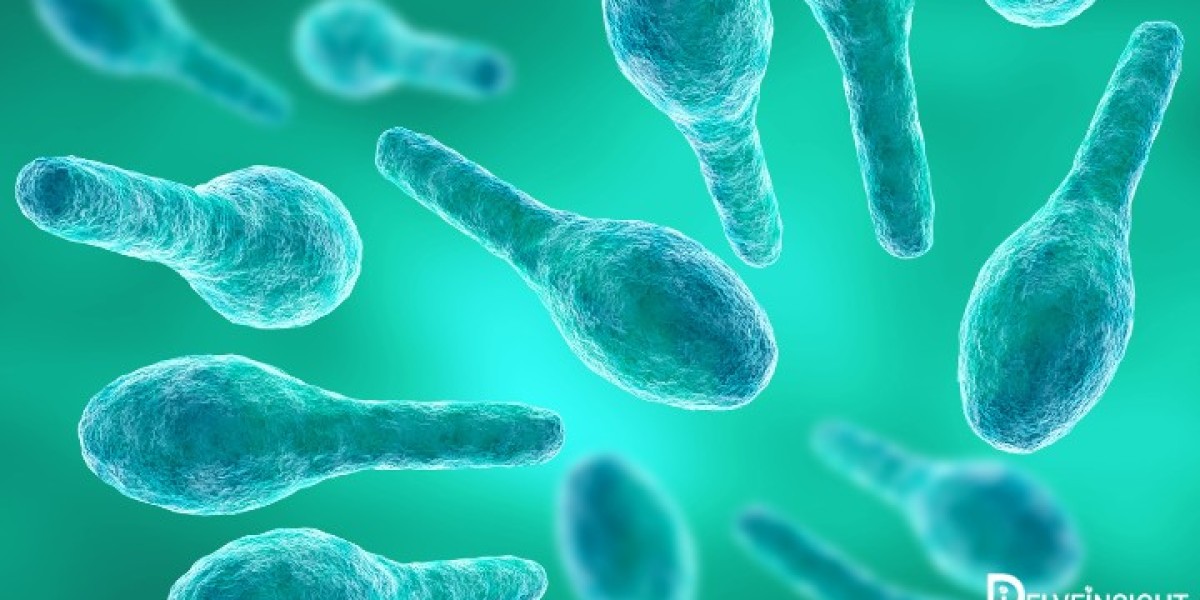1. CRISPR and Gene Editing: Precision Repair at the DNA Level
Gene-editing technologies like CRISPR-Cas9 offer the potential to directly repair or delete faulty genes that cause neuromuscular diseases. CRISPR works by cutting the DNA at specific locations, enabling the correction of mutations or even the insertion of healthy gene sequences. This technology holds particular promise for treating DMD, where mutations in the DMD gene prevent the production of dystrophin, an essential muscle protein.
In Vivo Gene Editing: Scientists are working on in-body CRISPR treatments to delete or repair defective exons in the DMD gene, allowing muscle cells to produce functional dystrophin.
Ex Vivo Applications: In other strategies, stem cells from the patient are gene-edited outside the body and reintroduced to restore muscle health.
While early studies have shown encouraging results, challenges like off-target effects and immune responses need further refinement.
2. RNA Therapeutics: Modifying Gene Expression in Real-Time
RNA therapeutics, including mRNA-based therapies, siRNA, and exon-skipping technologies, are transforming treatment approaches for neuromuscular disorders by regulating gene expression. These treatments work downstream of DNA, focusing on modifying or suppressing faulty RNA transcripts to restore function.
Exon Skipping in DMD: Drugs like eteplirsen enable cells to skip over mutated portions of the DMD gene during translation, producing a truncated but functional version of dystrophin.
siRNA for ALS: RNA silencing strategies are being investigated to inhibit toxic proteins involved in neurodegenerative disorders like ALS.
The flexibility of RNA therapeutics makes them ideal for targeting disorders with well-defined genetic causes.
3. Antisense Oligonucleotides (ASOs): Correcting RNA Splicing and Expression
ASOs are synthetic nucleic acid molecules designed to bind to specific RNA sequences, either enhancing or inhibiting gene expression. They have already demonstrated clinical success in SMA treatment with nusinersen.
Nusinersen modifies the splicing of SMN2 to increase production of the SMN protein, improving motor function and survival in SMA patients.
ASOs are now being tested for other conditions, including DMD, to restore or enhance RNA function, offering hope for diseases previously considered untreatable.
4. Gene Therapy: Delivering Therapeutic Genes
Gene therapy offers the possibility of delivering functional genes to muscle cells, providing a lasting solution to genetic muscle disorders. Using adeno-associated virus (AAV) vectors, therapies like Sarepta’s ELEVIDYS deliver a micro-dystrophin gene to muscle cells, partially restoring muscle function in DMD patients.
Zolgensma for SMA: This gene therapy delivers a working copy of the SMN1 gene, preventing motor neuron degeneration.
Ongoing Innovations: New AAV delivery systems are being developed to target tissues more precisely, minimizing side effects and enhancing safety.
These therapies represent the potential to move from symptomatic management to long-term, disease-modifying treatments.
5. Overcoming Challenges in Gene and Nucleic Acid-Based Therapies
Despite the promise of nucleic acid-based therapies, several challenges remain:
Immune Responses: Patients may develop immune reactions to AAV vectors or CRISPR proteins, limiting the effectiveness of therapies.
Off-Target Effects: CRISPR-based therapies carry the risk of unintended DNA modifications, requiring further optimization.
Delivery Issues: Reaching large muscle masses or specific neurons is a challenge, particularly in disorders like ALS and DMD, where widespread tissue targeting is necessary.
High Costs and Accessibility: Gene and RNA therapies remain expensive, limiting access for many patients. Ongoing efforts are focused on scaling up manufacturing and improving affordability.
6. The Future: Precision Medicine Meets Muscle Regeneration
The convergence of gene editing and nucleic acid therapeutics holds immense promise for neuromuscular disorders. Future therapies may combine CRISPR-based gene editing with RNA therapeutics to enhance treatment precision and durability. Additionally, advances in stem cell therapy and gene delivery systems will improve the effectiveness and safety of these interventions.
New technologies like CRISPR-Prime (an enhanced form of gene editing) and self-amplifying RNA (which boosts RNA production within cells) offer glimpses of what the next generation of treatments may bring. As research progresses, the ultimate goal is to cure or significantly delay the progression of neuromuscular disorders, transforming the lives of patients and their families.
7. Conclusion
Nucleic acid-based therapies and gene-editing technologies are revolutionizing the treatment of neuromuscular disorders by addressing the genetic causes of these diseases. From CRISPR to ASOs and RNA therapeutics, these innovative treatments provide new hope for conditions that were once considered untreatable. As the science evolves, these therapies have the potential not only to slow disease progression but also to offer curative solutions. With continued advancements in delivery technologies, safety, and affordability, the future of treating muscle disorders looks brighter than ever.
Latest Reports
Age-related Macular Degeneration Market | Alagille Syndrome Market | Alopecia Market | Anal Cancer Market | Atopic Keratoconjunctivitis Akc Market | Burn Market | Chronic Obstructive Pulmonary Disease Market | Epithelioid Sarcoma Market | Healthcare Competitive Benchmarking | Healthcare Subscription Models | Hemodynamic Monitoring Systems Market | Hepatitis D Market | Intracranial Pressure Monitoring Devices Market | Neuroprosthetics Market | Pemphigus Vulgaris Market | Premature Ejaculation Market | Thrombocytopenia Market | 3d Cardiac Mapping System Market | Absssi Market | Absssi Market Size | Acute Pain Market | Aesthetic Implants Market | Allergic Rhinitis Market | Alpha Antitrypsin Market | Angioedema Market | Arthroscopy Devices Market | Athelete’s Foot Market | Automated External Defibrillators Market | Autosomal Recessive Congenital Ichthyosis Market Size | Carcinoid Tumor Market | Chronic Obstructive Pulmonary Disease Copd Market






